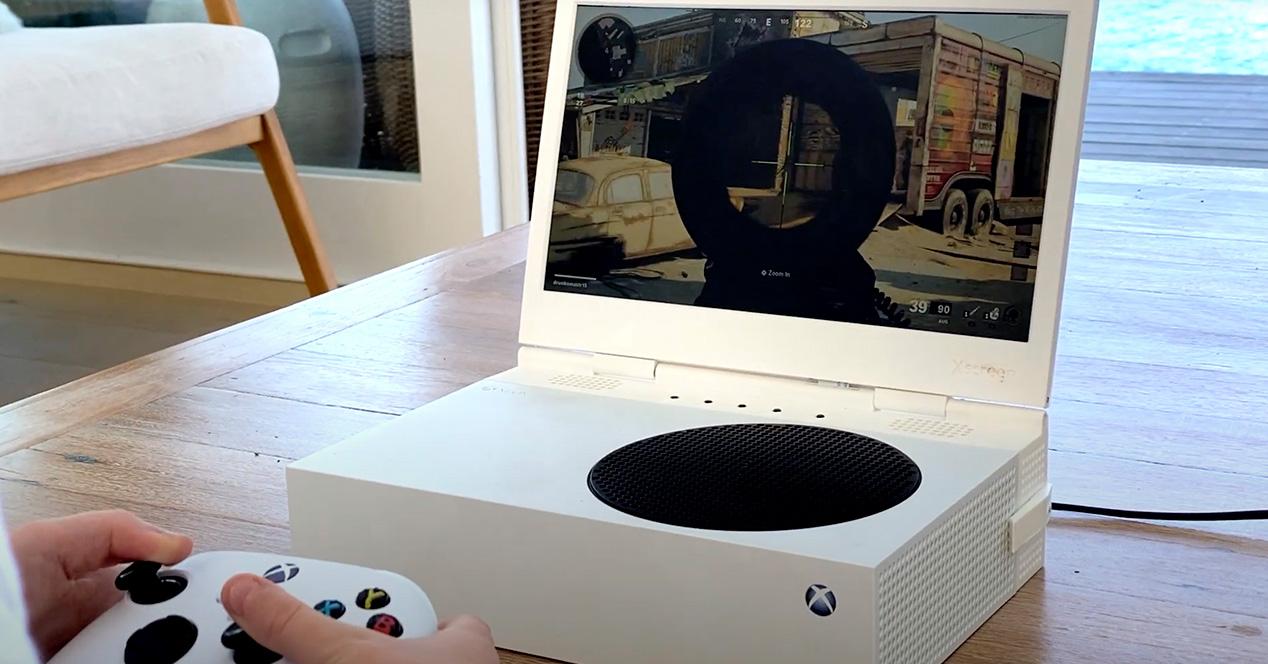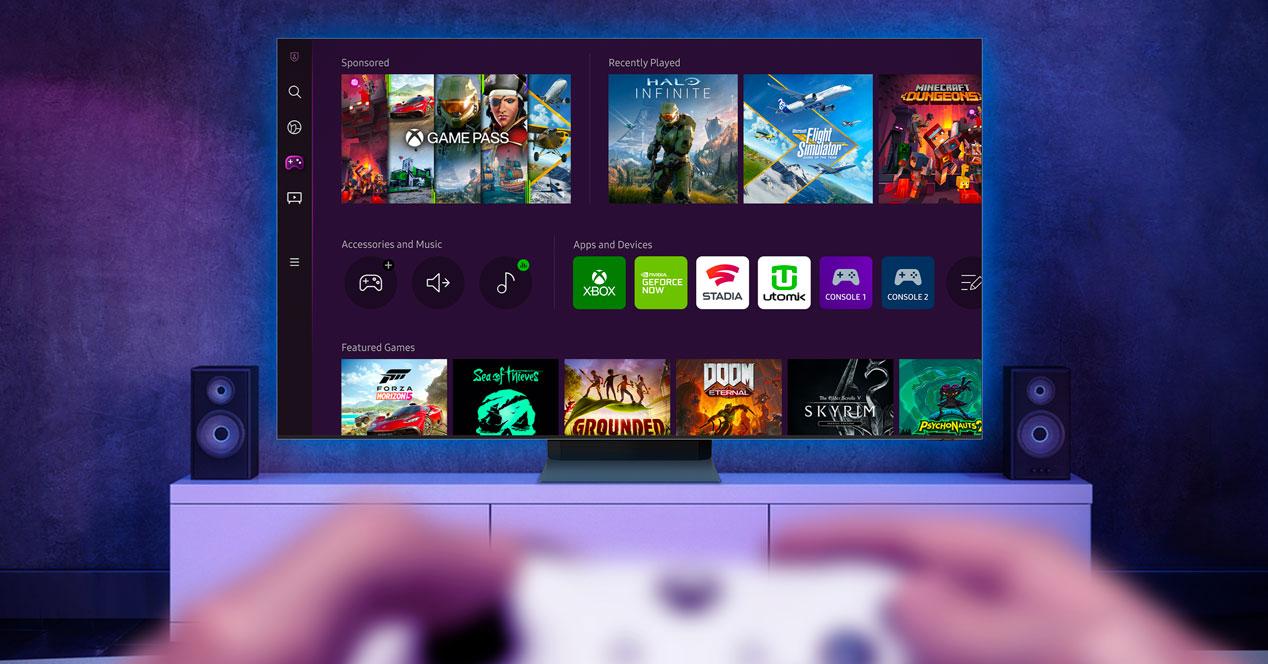
At a graphic and technological level Cyberpunk 2077 is, without a doubt, one of the most advanced games that exist today. When it was launched we shared with you a technical analysis where we had the opportunity to review its most important keys, and today this title has once again taken a huge leap thanks to the introduction of a patch that introduces the Overdrive ray tracing mode.
When we activate this mode, what we know as path tracing, a variant of ray tracing that works in a very specific way, since it generates a greater amount of rays to simulate, in a much more realistic way, the behavior of light in different scenes. To better understand what the «Overdrive» mode entails, it is necessary compare it directly to the “Insane” mode.
When we activate ray tracing in Cyberpunk 2077 under “Insane” mode, a total of 10 rays are generated per pixel, and a hybrid approach is used that maintains certain limitations due to performance issues. This is how this mode works:
- Global and diffuse illumination generated with ray tracing are reduced to a bounce, and light sources are limited.
- The reflections are generated in a hybrid waycombining screen space reflections and ray tracing to reduce performance impact.
- The resolution of reflections generated with ray tracing is lower than native that we are using, a very common technique that also helps to improve performance.
- The physics of ray tracing lighting is strongly limited so it is necessary to resort to ambient occlusion to achieve a good result in certain scenes.
- in some scenes shadows that should be present are not generated because, as I said, not all light sources are generated by ray tracing.
With the ray tracing mode on “Insane” a total of 10 rays per pixel. On the other hand, with the «Overdrive» mode, a total of 22 rays per pixelwhich generates a workload equivalent to 635 ray tracing operations per pixel. This has allowed CD Projekt RED to apply a much more realistic ray tracing, and completely modify its operation through four major keys:
- Much more realistic lighting has been introduced thanks to NVIDIA RTX Direct Illumination (RTXDI)which makes each light source in the game generate precise and realistic lighting, and that this directly and indirectly affects all the elements of the game, also generating more realistic shadows and scenes with an accurate color.
- Both lighting and reflections will now have multiple bounces, which will improve the precision, realism and quality of both effects. This will make it possible to create higher quality indirect lighting that is more in keeping with the reality of each scene, and more accurate and realistic reflections.
- all reflections are rendered at full resolution, thanks to this they will have greater sharpness and superior quality. It will continue to differentiate between surfaces, which means that the problem of mirror-like reflections on matte surfaces will not occur, and that each material will produce reflections in a manner consistent with its particularities.
- enter lighting physics improvements, making it no longer necessary to resort to techniques such as ambient occlusion to generate realistic contact shadows where a large number of objects of different sizes concur. This will have a very marked impact in different scenes, but it will be noticeable especially indoors.
To offset the performance impact that ray tracing in “Overdrive” mode will have in Cyberpunk 2077, we can activate DLSS 3 mode and frame generation, as long as we have a GeForce RTX 40. And speaking of DLSS 3, NVIDIA has confirmed that this technology is being adopted seven times faster by developers in its first six months of life, compared to DLSS 2, and that at the time of writing this article is available in 30 games. Here you can find the complete list of games and applications with DLSS and ray tracing support.




